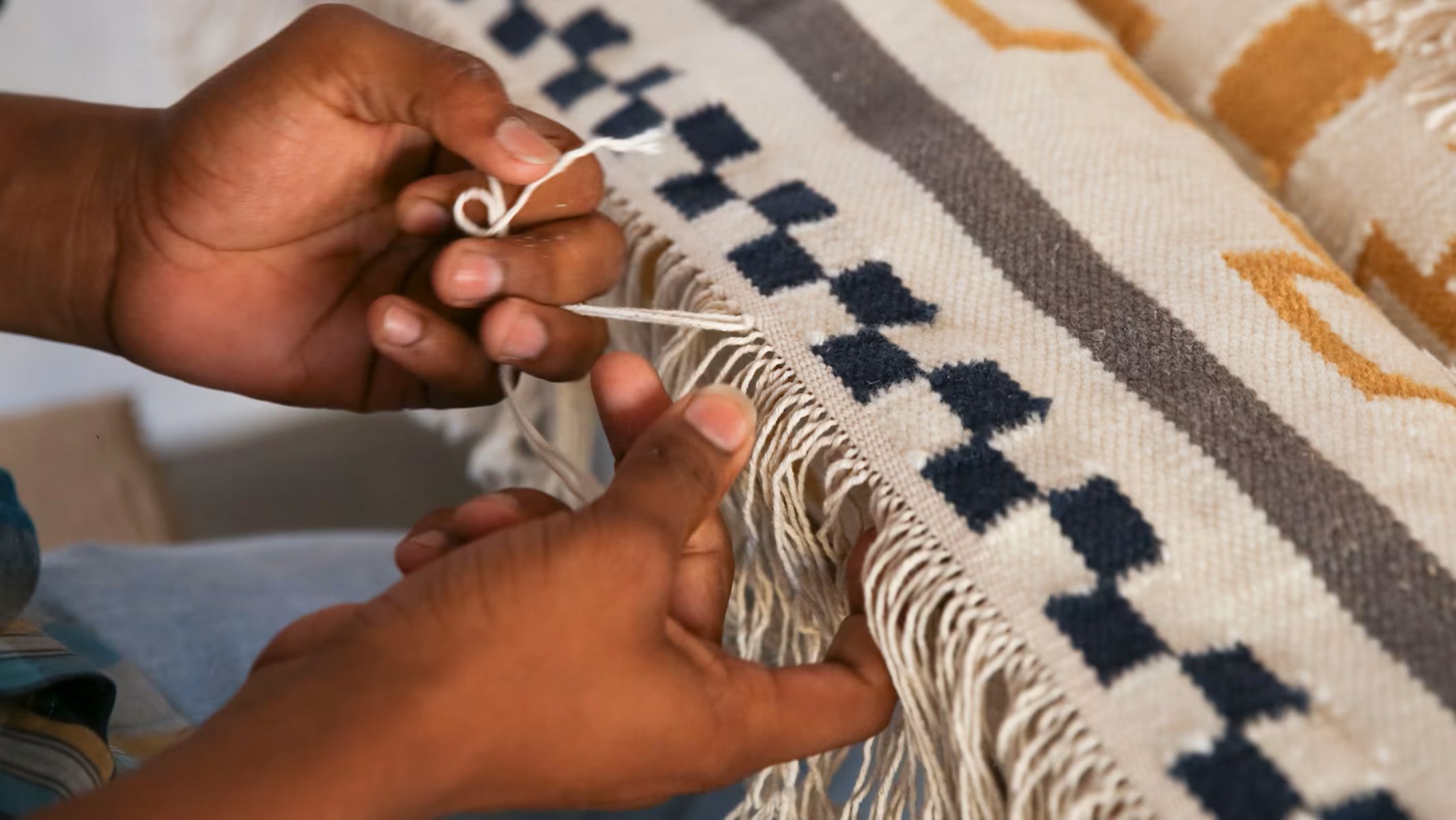

Articles
How Are Rugs Made
Modified: January 18, 2024
Learn about the fascinating process of rug-making through our informative articles. Discover the artistry and craftsmanship behind these beautiful woven creations.
(Many of the links in this article redirect to a specific reviewed product. Your purchase of these products through affiliate links helps to generate commission for Storables.com, at no extra cost. Learn more)
Introduction
Rugs have been an integral part of human culture for centuries. Originating from various regions around the world, rugs serve not only as a functional floor covering but also as a form of artistic expression. The process of creating a rug involves a combination of skill, creativity, and meticulous attention to detail.
In this article, we will explore the fascinating world of rug making, delving into the various materials used, the techniques employed, and the factors that influence the production of these beautiful pieces. Whether hand-woven or machine-made, rugs showcase the rich traditions and craftsmanship of different cultures.
Throughout history, rugs have served multiple purposes. They not only provide warmth and insulation but also add beauty and style to any space. Be it a intricately patterned Persian rug or a minimalist modern design, each rug carries its own unique story.
As we dive into the world of rug making, we will explore the differences between hand-woven and machine-made rugs, the types of knots used, the dyeing techniques employed, and the finishing and binding processes. Additionally, we will discuss common rug making techniques and the factors that influence rug production.
So, let’s embark on this journey and unravel the art and craftsmanship behind the creation of rugs.
Key Takeaways:
- Rug making is a fascinating blend of artistry and tradition, with materials like wool, silk, and synthetic fibers influencing the durability and aesthetic appeal of each unique piece. Hand-woven rugs reflect time-honored skills, while machine-made rugs offer accessibility and affordability.
- Factors such as design complexity, dyeing techniques, and ethical practices play crucial roles in rug production, shaping the quality, style, and sustainability of these timeless pieces. Understanding these factors empowers both rug makers and consumers to make informed choices.
Read more: What Are Kilim Rugs Made Of
Materials Used in Rug Making
In rug making, the choice of materials greatly influences the overall quality and durability of the rug. Different types of fibers, whether natural or synthetic, are used depending on the desired characteristics of the final product. Here are some commonly used materials in rug making:
- Wool: Wool is one of the most popular materials for rug making due to its natural resilience, softness, and ability to hold vibrant colors. It is also highly durable and can withstand heavy foot traffic. Wool rugs are known for their warmth and luxurious texture.
- Silk: Silk is a luxurious and delicate material often used in high-end rugs. Silk fibers are incredibly fine, which allows for intricate details and a lustrous sheen. Silk rugs are prized for their elegance and silky touch, making them a statement piece in any room.
- Cotton: Cotton is commonly used as the foundation material for many rugs. It provides a strong and stable base for the rug structure. Cotton is also used for the warp and weft threads in woven rugs. It is lightweight and easily dyed, making it a versatile choice for both traditional and contemporary designs.
- Jute: Jute is a natural fiber derived from the jute plant, commonly grown in South Asia. It is known for its durability and affordability, making it a popular choice for casual or rustic-style rugs. Jute rugs have a natural, earthy appearance and are often used as natural fiber accent pieces in home decor.
- Sisal: Sisal is a durable and sustainable fiber extracted from the leaves of the agave plant. It is commonly used in the production of natural fiber rugs. Sisal rugs have a coarse texture and are often woven into simple and textured designs. They are a popular choice for high-traffic areas due to their strength and resistance to wear.
- Synthetic Fibers: In addition to natural materials, synthetic fibers such as nylon, polyester, and polypropylene are also commonly used in rug making. These fibers are known for their stain resistance, durability, and ability to mimic the look and feel of natural fibers. Synthetic rugs are often more affordable and are suitable for areas where there is a higher risk of spills or stains.
The choice of material depends on various factors such as the intended use of the rug, the desired texture and appearance, and the budget. Each material brings its own unique qualities to the rug, adding to its overall aesthetic and functionality.
Hand-Woven Rugs
Hand-woven rugs are often considered the epitome of craftsmanship and artistry. These rugs are created by skilled artisans who meticulously weave each thread by hand, resulting in a one-of-a-kind piece that showcases their expertise and creativity. Here is an overview of the process involved in creating hand-woven rugs:
1. Design and Planning: Before the weaving process begins, the weaver determines the design and pattern of the rug. This may be based on cultural traditions, personal creativity, or even client specifications. The design is carefully sketched or mapped out, noting the colors, shapes, and motifs that will be incorporated.
2. Warping: The first step in weaving a rug is creating the structure or foundation. This is done by setting up the warp threads, which run lengthwise and provide the stability for the rug. The warp threads are typically made of cotton or wool and are stretched tightly on a loom.
3. Weft Insertion: Once the foundation is in place, the weaver starts the process of weft insertion. The weft threads, which run horizontally, are carefully woven in and out of the warp threads to create the body of the rug. These threads can be made of various materials such as wool, silk, or cotton, depending on the desired texture and appearance.
4. Knotting: Many hand-woven rugs, particularly those with intricate designs, incorporate knotting techniques. The weaver ties individual knots around pairs of warp threads to create the pattern. The two most common knotting techniques are the Persian knot (also known as the Senneh knot or asymmetrical knot) and the Turkish knot (or Ghiordes knot, a symmetrical knot).
5. Pile Formation: For rugs with a piled construction, an additional step known as pile formation is involved. This is where the weaver creates a raised surface by cutting the loops of the tied knots, resulting in a soft and plush texture. The length of the pile can vary depending on the desired effect.
6. Finishing: Once the weaving and knotting process is complete, the rug goes through a finishing stage. This involves trimming any excess threads, straightening the edges, and adding fringes or binding for a polished look. The rug may also undergo cleaning and washing to enhance its appearance.
7. Final Inspection: Before the rug is ready for sale or display, it undergoes a thorough inspection to ensure that it meets the desired quality standards. Any final touch-ups or adjustments are made during this stage to ensure the rug is flawless.
Hand-woven rugs require immense skill, patience, and attention to detail. Each rug is a work of art that reflects the weaver’s expertise and the rich cultural heritage behind it. These rugs often become treasured heirlooms, passed down through generations, and cherished for their beauty and craftsmanship.
Machine-Made Rugs
Machine-made rugs, as the name suggests, are produced using automated machinery. While they may not possess the same level of craftsmanship as hand-woven rugs, machine-made rugs offer a more affordable and accessible option for consumers. Here is an overview of the process involved in creating machine-made rugs:
1. Design and Pattern: The design for a machine-made rug is typically created digitally using specialized software. Intricate patterns and motifs can be easily replicated and scaled to meet specific dimensions. Designers have the flexibility to experiment with different colors, shapes, and textures, offering a wide range of options for consumers.
2. Yarn Preparation: Machine-made rugs are usually made from synthetic fibers such as nylon, polyester, or polypropylene. These fibers are spun and dyed in large quantities, creating yarn that will be used in the weaving process. The yarn is typically wound onto large spools or cones to feed the machine.
3. Weaving Process: The weaving process for machine-made rugs relies on power looms that are operated by computerized systems. These looms can produce rugs at a much faster rate compared to hand-woven techniques. The yarn is fed into the loom through various mechanisms, and the machine follows the predetermined design to create the rug.
4. Pile Formation: Machine-made rugs can have a piled or looped construction. For piled rugs, the machine cuts the loops of the yarn to create a plush and consistent pile height. The density of the pile can be adjusted based on the desired thickness of the rug.
5. Backing: Machine-made rugs typically have a backing material that provides stability and durability. This backing is often made from latex or synthetic materials that are applied during the manufacturing process. The backing helps to keep the rug in place and prevents unraveling of the fibers.
6. Finishing and Inspection: Once the weaving process is complete, the machine-made rug goes through a finishing stage. This involves trimming any excess fibers, inspecting the rug for quality assurance, and adding any final touches. The rug may also undergo a cleaning process to remove any residue from the manufacturing process.
7. Distribution: Machine-made rugs are mass-produced and widely available in various retail outlets. They offer a cost-effective option for consumers who desire a rug that is both affordable and aesthetically pleasing. Machine-made rugs can be found in a wide range of designs, styles, and sizes to suit different decor preferences.
While machine-made rugs may lack the intricate details and uniqueness of hand-woven rugs, they serve as a practical and budget-friendly option for many homeowners. They offer a wide array of designs, colors, and sizes to suit different tastes and preferences, making them accessible to a broader audience.
Types of Knots Used in Rug Making
The knotting technique used in rug making contributes significantly to the overall appearance, durability, and value of a rug. There are various types of knots employed by artisans to create intricate patterns and designs. Here are some commonly used knotting techniques in rug making:
1. Persian Knot (Senneh Knot or Asymmetrical Knot): The Persian knot is one of the oldest and most widely used knotting techniques in rug making. It is asymmetrical in nature, with one end of the yarn wrapping around a single warp thread and the other end passing behind the adjacent warp thread. This creates a slightly diagonal effect and allows for more intricate designs and finer detailing.
2. Turkish Knot (Ghiordes Knot or Symmetrical Knot): The Turkish knot is another commonly employed technique in rug making. It is a symmetrical knot, meaning that both ends of the yarn wrap around two adjacent warp threads simultaneously. This results in a more geometric and uniform appearance in the design of the rug. Turkish knotting is known for its sturdiness and is often used in tribal and nomadic rug styles.
3. Jufti Knot: The jufti knot is a less common knotting technique used in rug making. In this method, the yarn is looped over four adjacent warp threads, creating a bulkier knot. It is often used to speed up the weaving process, as it covers a larger area compared to other knotting techniques. However, jufti knotted rugs may be less durable compared to rugs made with Persian or Turkish knots.
4. Tibetan Knot: The Tibetan knot, also known as the interlocked knot or loop knot, is commonly used in Tibetan and Nepalese rug weaving. In this technique, the yarn is looped around two warp threads and then pulled through the middle of the loop to create a knot. This produces a distinct pile texture and allows for variations in pile height, adding depth and dimension to the design.
5. Spanish Knot (Syrian Knot): The Spanish knot, originating in Spain but also used in Middle Eastern rug making, is similar to the Persian knot but with a slight variation. The yarn is wrapped around only one warp thread, but instead of passing behind the adjacent warp thread, it is brought forward and wrapped around it. This knotting technique creates a distinctive texture and is often used in traditional Spanish and Syrian rug styles.
The choice of knotting technique depends on various factors, including the desired design, level of intricacy, and regional weaving traditions. Each knotting technique imparts a unique character to the rug, enhancing its visual appeal and reflecting the craftsmanship of the weaver.
When learning about how rugs are made, it’s important to understand the different techniques such as hand-knotting, hand-tufting, and machine weaving. Each method produces unique textures and qualities in the final product.
Read more: What Are Turkish Rugs Made Of
Dyeing Techniques for Rugs
Color plays a crucial role in the beauty and visual impact of rugs. Rug makers employ various dyeing techniques to create vibrant and long-lasting colors that enhance the overall design of the rug. Here are some commonly used dyeing techniques in rug making:
1. Natural Dyeing: Natural dyeing involves extracting color from naturally occurring sources such as plants, insects, and minerals. This traditional technique has been used for centuries and is highly valued for its rich and subtle shades. Some commonly used natural dye sources include madder root, indigo, cochineal insects, and walnut shells. Each natural dye source produces a unique color palette, and skilled dyers carefully manipulate factors such as temperature and pH to achieve the desired hues.
2. Synthetic Dyeing: Synthetic or chemical dyeing involves the use of commercially produced dyes, which offer a wider range of vibrant and consistent colors compared to natural dyes. Synthetic dyes are made from various chemical compounds and offer increased stability and colorfastness. They can be readily applied to both natural and synthetic fibers, providing versatility in dyeing options for rug makers.
3. Vegetable Dyeing: Vegetable dyeing is a specific type of natural dyeing in which plant-based materials, such as roots, leaves, and bark, are used to create dyes. Some examples of commonly used vegetable dye sources include onion skins, pomegranate rinds, and tea leaves. Vegetable dyeing produces earthy and muted tones that add a distinct charm to rugs and reflect a commitment to eco-friendly practices.
4. Overdyeing: Overdyeing is a technique where an already dyed rug is immersed in a different dye bath to achieve a new color. This process can be used to refresh faded colors or to create unique effects by layering multiple colors. Overdyeing allows rug makers to transform rugs and give them a fresh and updated look, making it a popular technique in rug restoration and repurposing.
5. Gradient or Ombre Dyeing: Gradient or ombre dyeing involves creating a gradual transition of colors from one end of the rug to the other. This technique creates a visually striking effect, with the colors seamlessly blending and transitioning. Rug makers achieve this by carefully controlling the concentration of dye at different sections of the rug, gradually altering the color intensity as they progress.
6. Tie-Dyeing: Tie-dyeing is a technique where sections of the rug are tightly bound or tied with strings or rubber bands before dyeing. This creates areas where the dye is unable to penetrate fully, resulting in unique patterns and color variations. Tie-dyeing is often used to create bold and abstract designs, adding a playful and artistic element to the rug.
Whether using natural or synthetic dyes, these dyeing techniques allow rug makers to bring their designs to life, adding depth, dimension, and character to the rugs. The choice of dyeing technique depends on factors such as the desired color palette, rug material, and the artistic vision of the rug maker.
Finishing and Binding of Rugs
The finishing and binding processes play a crucial role in completing the look and ensuring the longevity of a rug. These final steps add a polished and professional touch to the rug, reinforcing its edges and providing a finished edge. Here are the common techniques used in finishing and binding rugs:
1. Edging and Fringing: Edging or binding is the process of securing and reinforcing the edges of the rug to prevent unraveling or fraying. This is typically done by sewing or stitching a strip of fabric or binding tape along the edges. The choice of fabric for edging can vary, with options including cotton, wool, or synthetic materials. Additionally, some rugs feature traditional fringing, which is achieved by leaving a section of uncut warp threads at the ends of the rug, forming a decorative fringe.
2. Serging: Serging is another technique used to finish the edges of rugs. It involves wrapping a continuous thread around the raw edges of the rug and sewing it in place with a serger machine. Serging provides a neat and clean finish, preventing fraying and enhancing the overall appearance of the rug. It is commonly seen in machine-made rugs or rugs with tight bindings.
3. Binding Tape: Binding tape is a pre-made strip of fabric designed specifically for edging rugs. It is available in a variety of colors, styles, and widths to complement the rug’s design. Binding tape is typically sewn or glued onto the edges of the rug to provide a clean and finished look while adding extra durability to prevent fraying.
4. Fringe Reinforcement: In rugs with fringes, additional steps may be taken to reinforce and protect the fringes. This can include hand-sewing or machine-stitching the fringes, adding a protective binding strip, or applying adhesive to secure the fringes in place. These techniques help to maintain the integrity of the fringes and prevent them from unraveling over time.
5. Blocking and Stretching: Once the finishing touches are complete, rugs may undergo a process known as blocking and stretching. This involves wetting the rug and stretching it on a flat surface to ensure its proper shape and dimensions. Blocking and stretching help to remove any wrinkles or distortions that may have occurred during the weaving or finishing process, ensuring that the rug lays flat and has a smooth appearance.
6. Final Inspection: The last step in the finishing and binding process is a thorough inspection of the rug. This involves checking for any loose threads, knots, or imperfections in the edging or fringing. Any necessary repairs or adjustments are made at this stage to ensure that the rug meets the desired quality standards.
By employing these finishing and binding techniques, rug makers are able to enhance the durability, appearance, and longevity of the rug. These final touches give the rug a refined and completed look, ready to be enjoyed for years to come.
Common Rug Making Techniques
Rug making encompasses a wide range of techniques, each contributing to the unique characteristics of the final product. While hand-woven and machine-made rugs are the most well-known, there are other notable rug making techniques that produce distinctive styles. Here are some common rug making techniques:
1. Flatweave: Flatweave rugs, also known as kilims or dhurries, are created by tightly weaving horizontal weft threads through vertical warp threads. Unlike piled rugs, flatweaves have a flat surface without a raised pile. This technique results in a lightweight and reversible rug that is ideal for areas with high foot traffic. Flatweaves often feature bold patterns, geometric designs, and vibrant colors.
2. Hooking: Rug hooking is a technique that involves pulling loops of yarn or fabric strips through a backing material, typically burlap or linen. The loops are then secured with a knot or additional stitching. This technique creates a textured surface with loops of various heights, offering a cozy and rustic aesthetic. Rug hooking is often used to create folk art-inspired rugs with charming motifs and designs.
3. Tufting: Tufted rugs are created by inserting yarn through a backing material using a hand-held tufting gun or a mechanized tufting machine. The tufted yarn is then secured with adhesive or by adding a backing material. Tufted rugs can have a loop pile or a cut pile, depending on the desired texture. This technique allows for intricate patterns and designs to be achieved quickly and efficiently, making it a popular choice for mass-produced rugs.
4. Needle Felting: Needle felting is a technique where fibers, usually wool, are tangled and compressed using barbed needles. The needles pierce through the fibers and interlock them together, creating a solid and dense fabric. Needle felting can be done by hand or by using a felting machine. This technique is often used to create textured rugs with abstract or sculptural designs.
5. Braiding: Braided rugs are made by interlacing strips of fabric or yarn together. This technique involves crossing three or more strands over each other in a pattern to create a braid. The braid is then coiled or sewn into the desired shape to form the rug. Braided rugs are known for their durability and versatility, often seen in traditional or country-style home decor.
6. Rag Rug Weaving: Rag rug weaving involves using strips of recycled fabric, such as old clothing or fabric scraps, to create colorful and textured rugs. The fabric strips are woven together with traditional weaving techniques, such as plain weave or twill, on a loom. Rag rugs have a rustic and eco-friendly appeal, adding a touch of artisanal charm to any space.
Each rug making technique brings its own unique qualities and aesthetic to the finished product. Whether it’s the intricate hand-woven patterns, the bold and vibrant designs of tufted rugs, or the rustic charm of braided or rag rugs, these techniques offer a diverse range of options for rug enthusiasts and interior designers alike.
Factors Affecting Rug Production
Rug production is influenced by various factors that play a significant role in determining the quality, design, and cost of the rugs. Understanding these factors is essential for both rug makers and consumers. Here are some key factors that affect rug production:
1. Rug Material: The choice of rug material greatly impacts the production process. Different materials, such as wool, silk, cotton, or synthetic fibers, require specific techniques and machinery for weaving or tufting. Each material has its own characteristics, including durability, texture, and ability to hold color, which influence the overall quality of the rug.
2. Rug Design and Complexity: The complexity of the rug design has a significant impact on production time and cost. Intricate patterns, detailed motifs, and complex color combinations require more time and skill to create, increasing the production process’s complexity and labor requirements. Hand-woven rugs with elaborate designs may take months to complete, while machine-made rugs can replicate complex patterns more efficiently.
3. Size and Shape: The size and shape of the rug affect production as well. Larger rugs require more materials and time to complete, while smaller rugs can be produced more quickly. Additionally, irregular or non-standard shapes, such as oval or octagon rugs, may require additional cutting and shaping during the production process, increasing the complexity and cost.
4. Rug Making Technique: The chosen rug making technique, whether it’s hand-woven, machine-made, flatweave, or tufted, affects production considerations. Hand-woven rugs, for example, require skilled artisans who spend hours meticulously weaving and knotting each rug, resulting in longer production times. Machine-made rugs, on the other hand, can be produced more efficiently using automated machinery.
5. Dyeing and Coloration: The dyeing process is an important factor that affects rug production. Whether using natural dyes or synthetic dyes, the dyeing process requires expertise in color mixing, temperature control, and fixation techniques. Natural dyeing, while traditional and highly valued, is a lengthier and more labor-intensive process compared to synthetic dyeing, which can be more efficient in terms of time and cost.
6. Labor and Skill: The availability of skilled labor is a crucial factor in rug production. Hand-woven rugs, particularly those with intricate designs or specialized techniques, require highly skilled artisans who possess the knowledge and experience to create fine-quality rugs. The availability of such skilled labor can impact the speed and efficiency of production.
7. Market Demand and Trends: Consumer demand and market trends influence rug production. Design preferences, color trends, and cultural influences play a role in shaping the style and design choices made by rug manufacturers. Rug makers need to stay updated on market demands and adapt their production accordingly to meet consumer expectations.
8. Ethical and Sustainable Practices: Increasingly, consumers are seeking rugs produced with ethical and sustainable practices. Factors such as the origin of materials, fair trade practices, use of environmentally friendly dyes, and adherence to labor regulations can influence production decisions. Rug makers are under pressure to adopt responsible practices and ensure transparency in their supply chains.
Understanding these factors helps rug producers navigate the complexities of production, balance costs, maintain quality, and meet consumer expectations. By considering these factors, both rug makers and consumers can make informed decisions when it comes to selecting and producing rugs that align with their preferences and values.
Read more: What Are Ruggable Rugs Made Of
Conclusion
Rug making is a captivating blend of artistry, craftsmanship, and tradition. Whether meticulously woven by hand or efficiently produced by machines, rugs showcase the beauty, creativity, and cultural heritage of different regions and communities. The materials used, the techniques applied, and the attention to detail all contribute to the creation of unique and captivating rugs.
From the choice of materials, such as wool, silk, or synthetic fibers, to the dyeing techniques employed, such as natural or synthetic dyes, every aspect of rug production influences the final product’s quality, durability, and aesthetic appeal. Hand-woven rugs reflect the time-honored skills of artisan weavers, while machine-made rugs offer accessibility and affordability.
The type of knot used, whether Persian, Turkish, or others, adds intricacy and character to the rug’s design. The finishing and binding processes ensure the rug’s durability and provide a polished and professional touch. Meanwhile, different rug making techniques, such as flatweave, hooking, or tufting, offer varying textures and styles that cater to diverse preferences.
Factors such as rug material, design complexity, size, and shape affect production considerations, while labor availability and skill play a crucial role in delivering exceptional craftsmanship. Market demand and trends influence the design choices made by rug makers, reflecting the ever-evolving tastes and preferences of consumers.
Moreover, ethical and sustainable practices are becoming increasingly important in the rug industry, as consumers seek rugs that align with their values and address concerns such as environmental impact and fair labor practices.
In conclusion, rug making is a dynamic and intricate process that merges art, tradition, and innovation. Whether hand-woven or machine-made, rugs add beauty, comfort, and style to our living spaces. By understanding the materials, techniques, and factors influencing rug production, both rug makers and consumers can make informed choices. So let us appreciate the labor and artistry behind each rug, cherishing them as timeless pieces that embody cultural heritage and bring warmth and elegance to our homes.
Frequently Asked Questions about How Are Rugs Made
Was this page helpful?
At Storables.com, we guarantee accurate and reliable information. Our content, validated by Expert Board Contributors, is crafted following stringent Editorial Policies. We're committed to providing you with well-researched, expert-backed insights for all your informational needs.
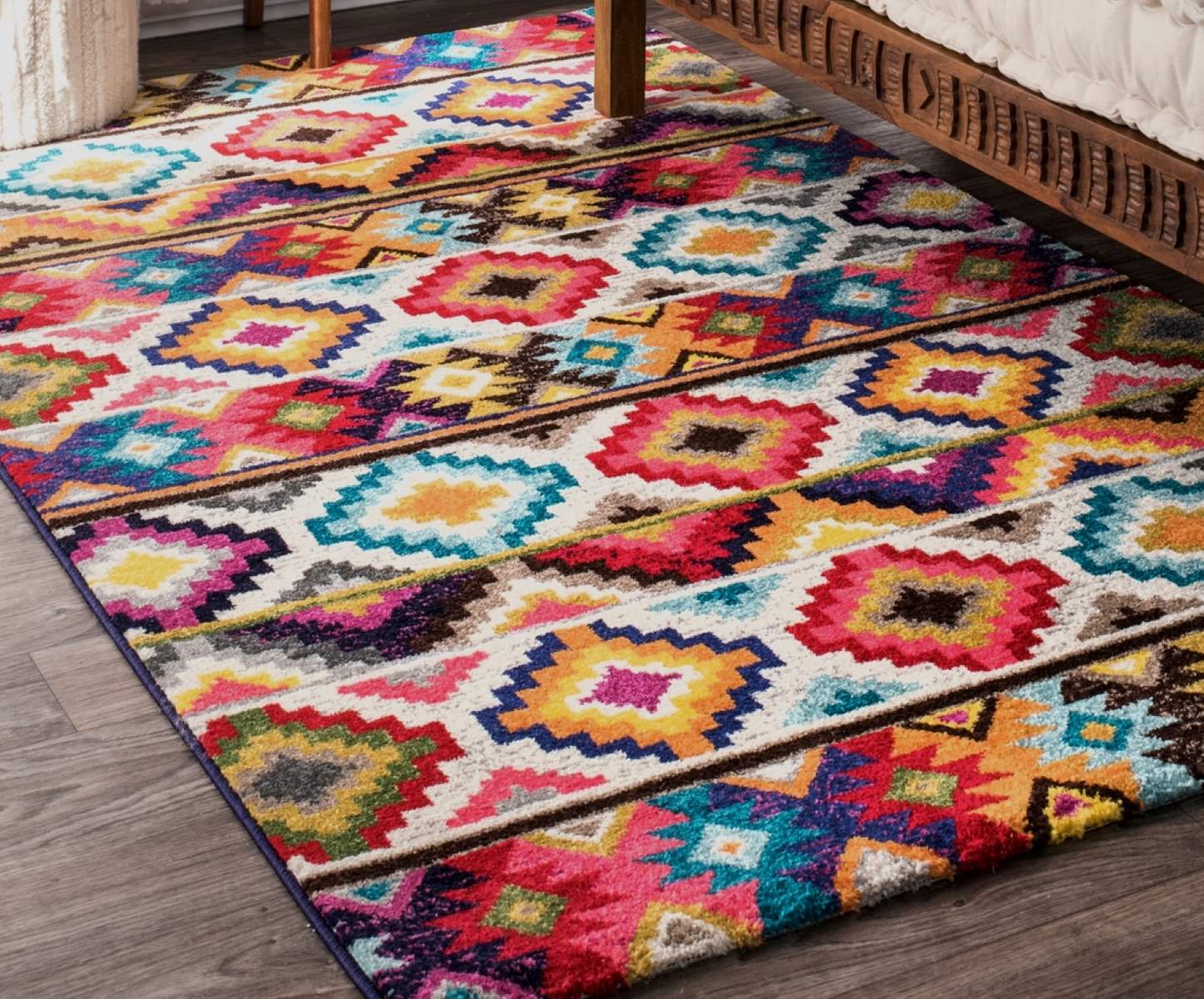
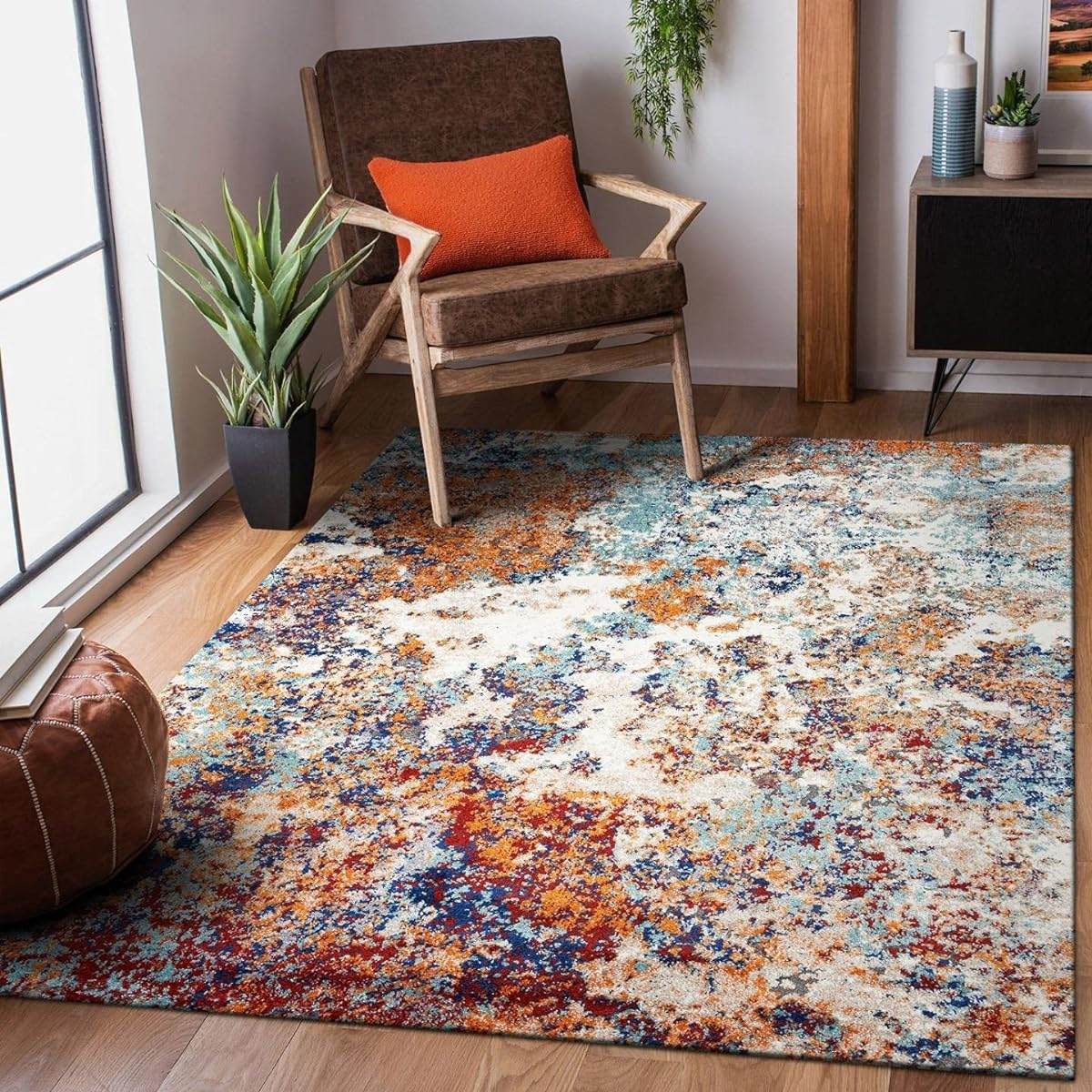
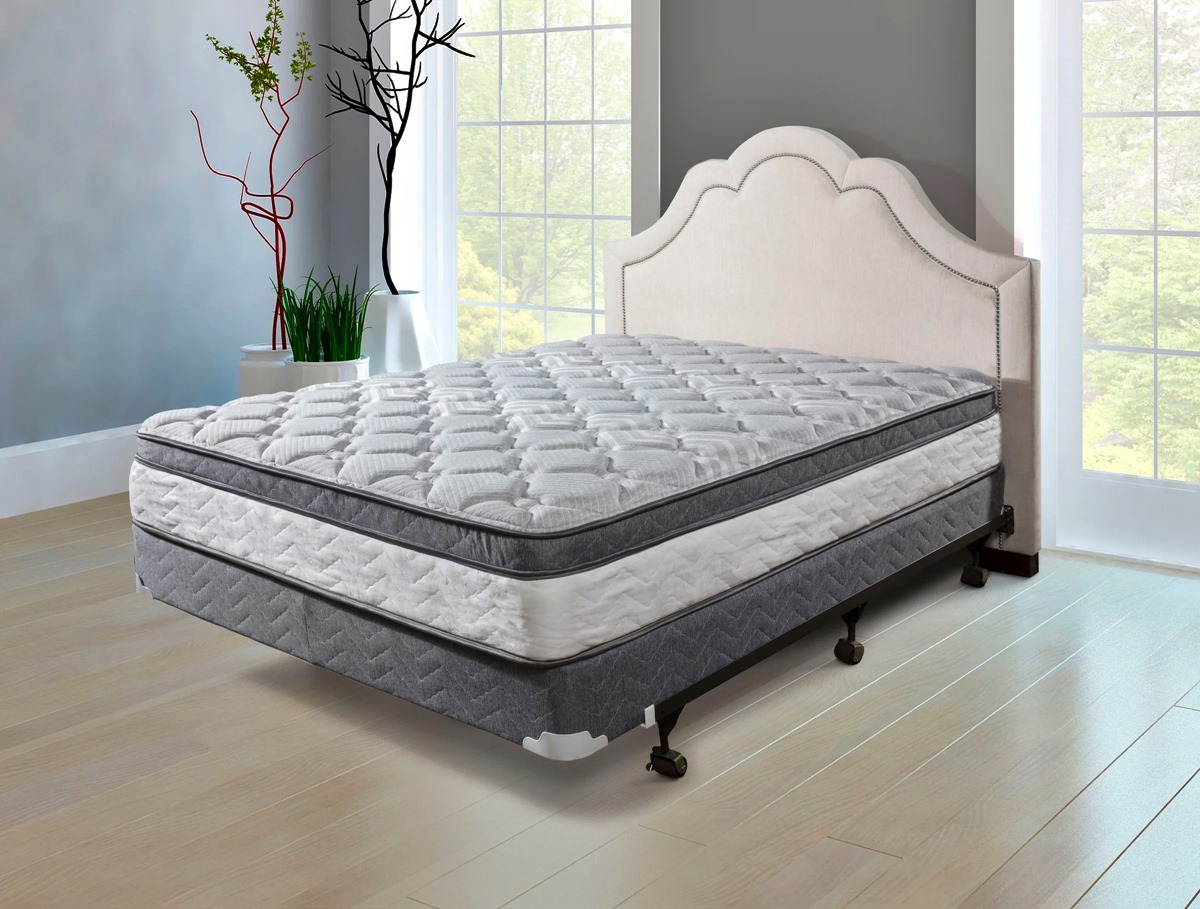

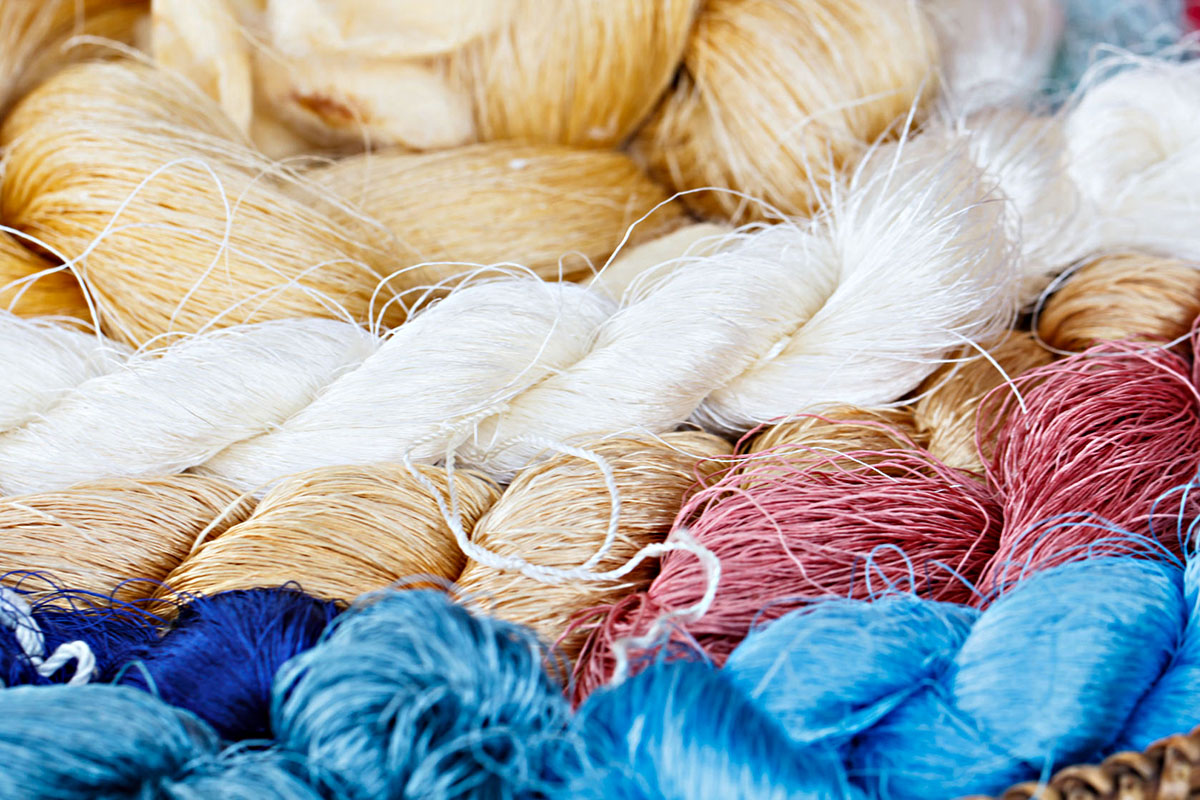
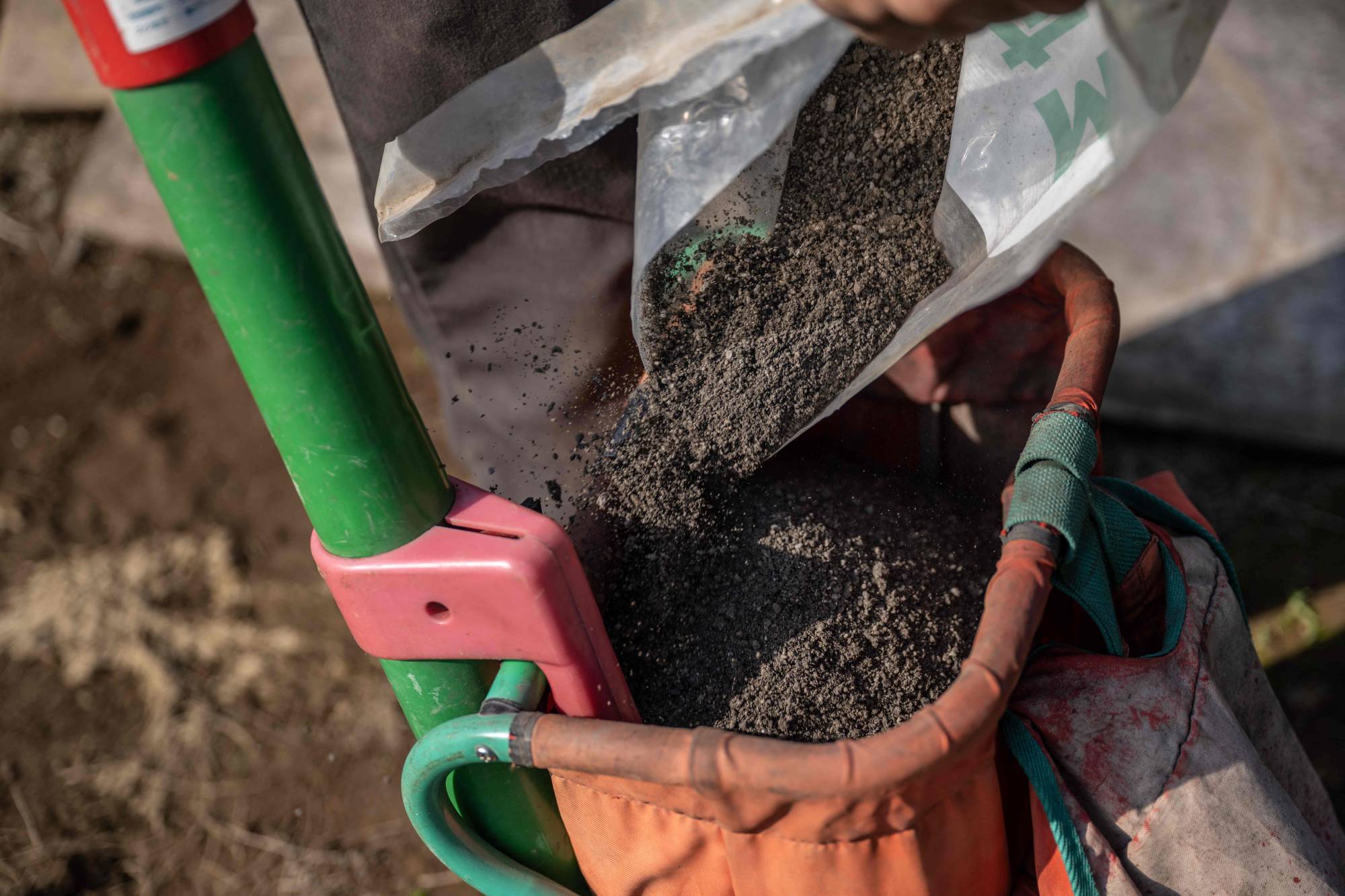
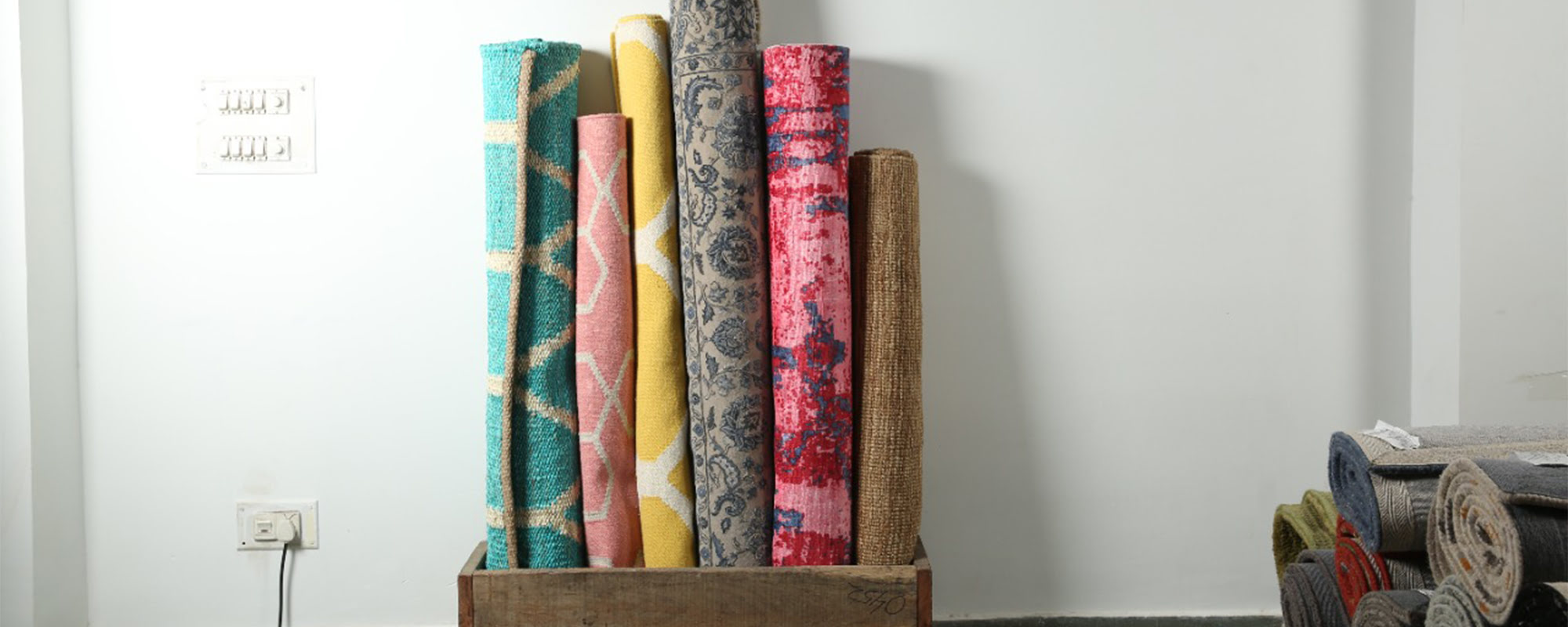
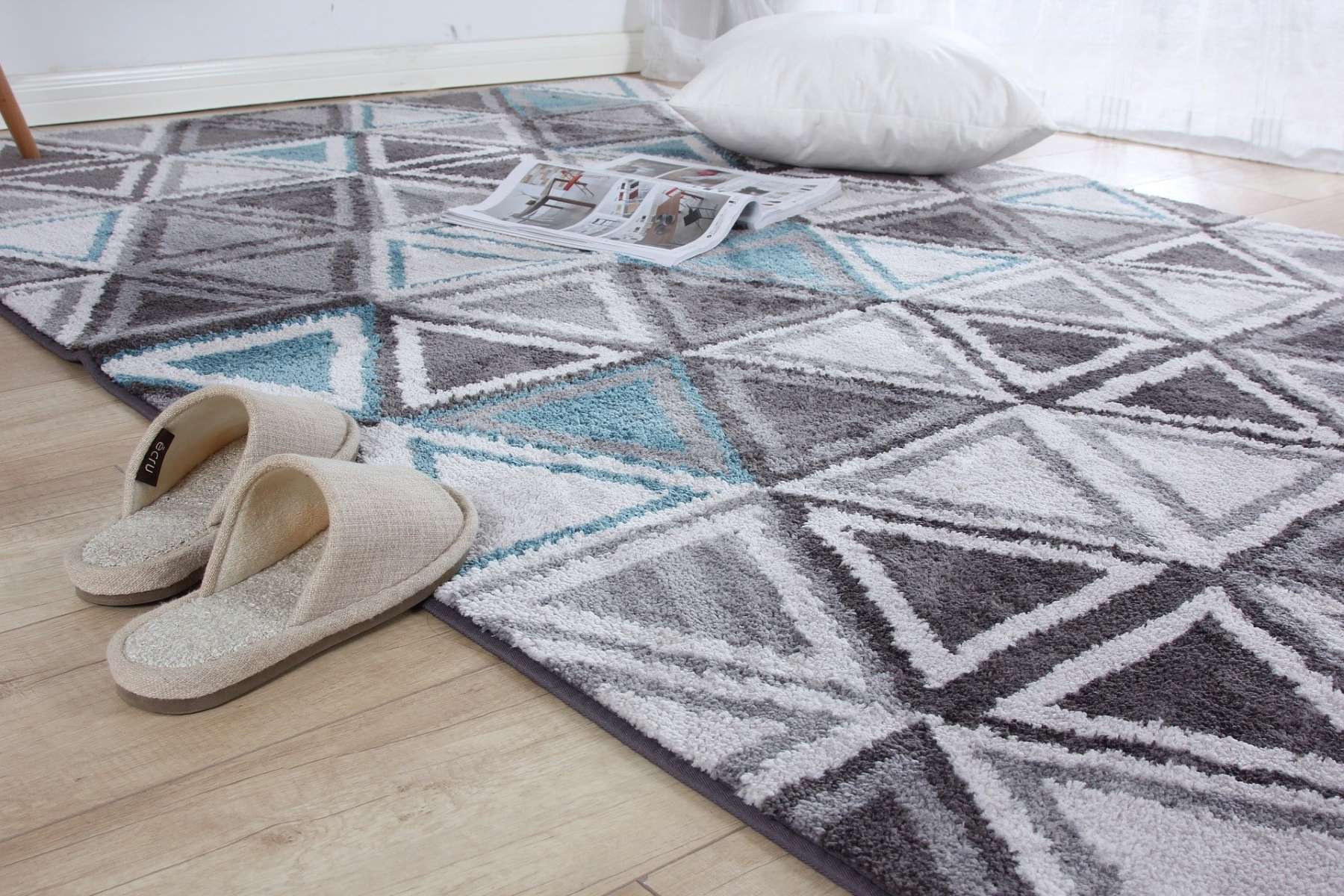


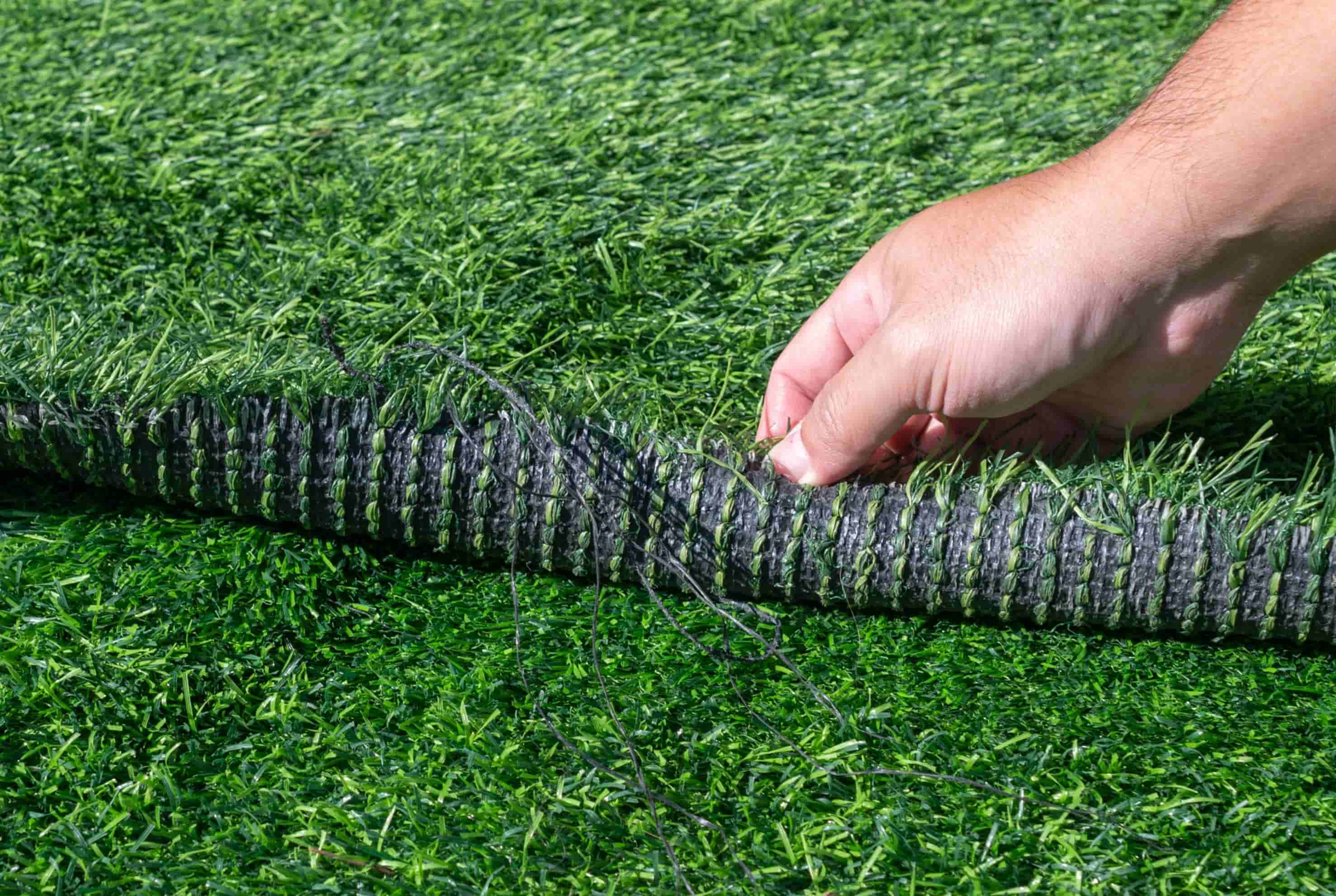
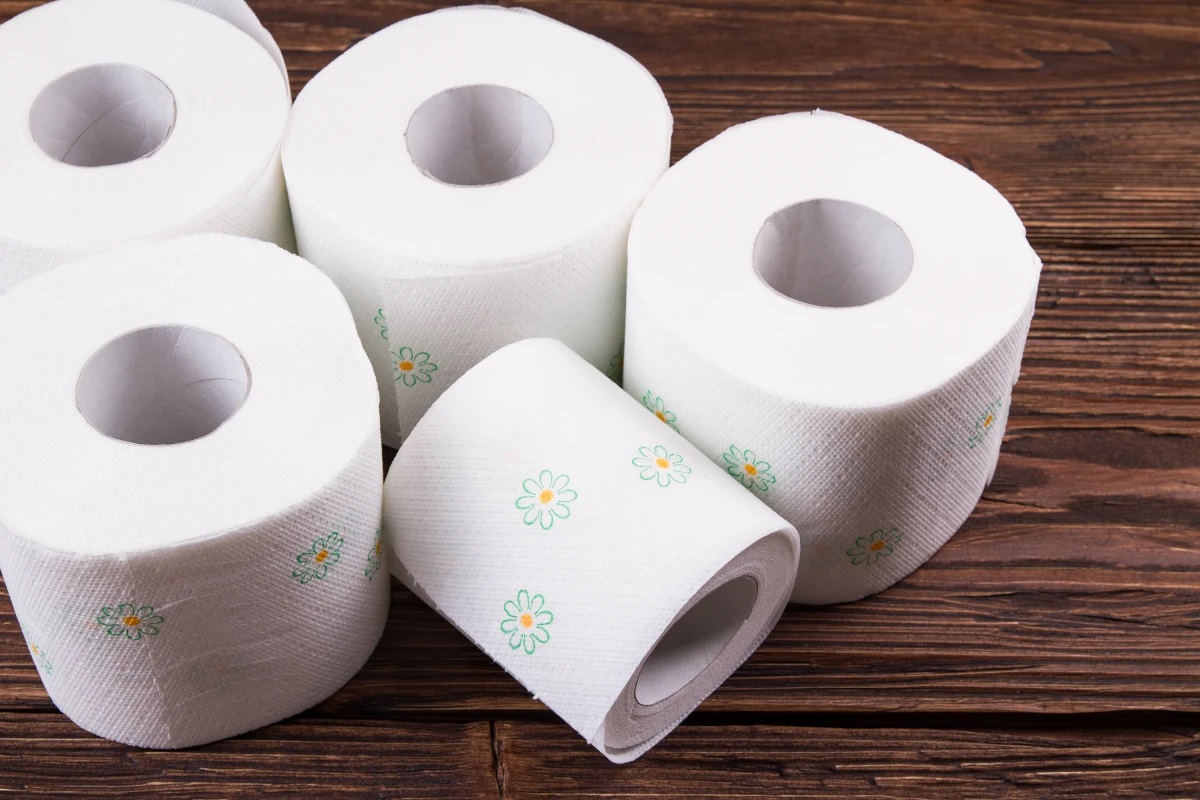


0 thoughts on “How Are Rugs Made”